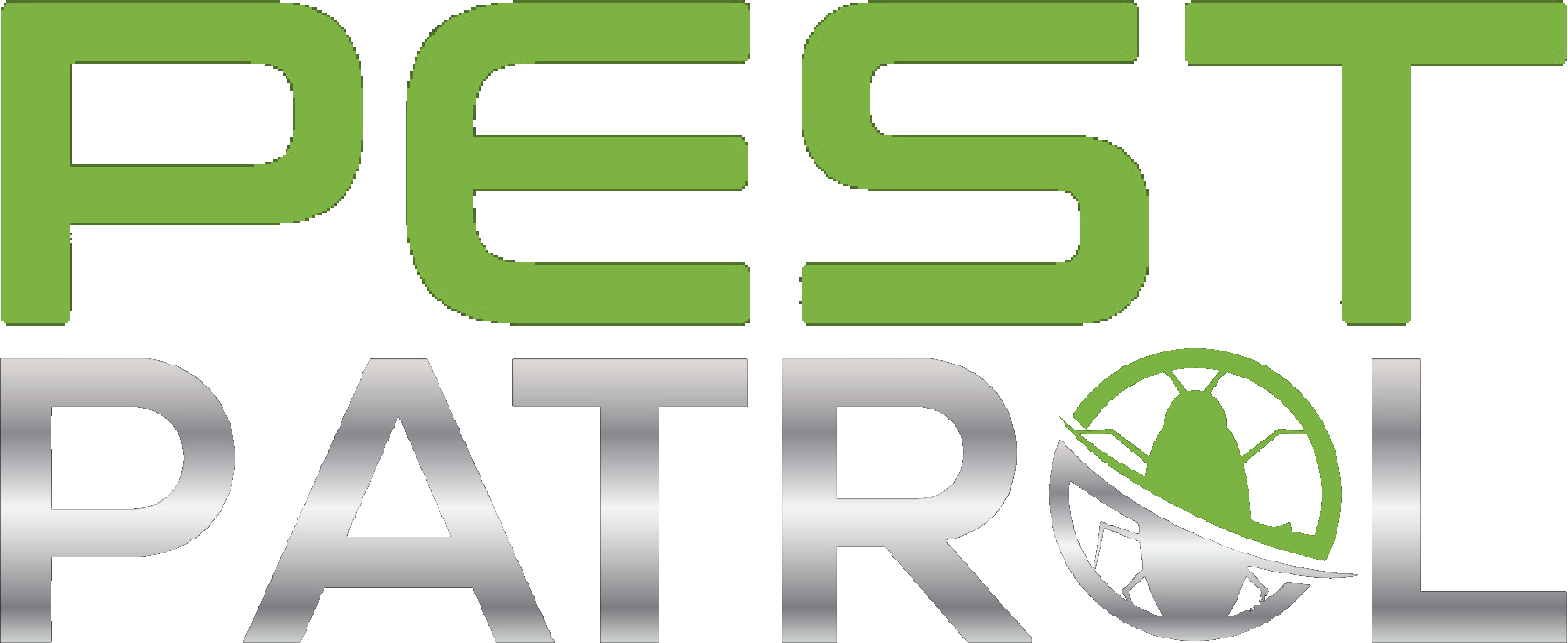Key Takeaways
- Seasonal changes significantly influence pest activity in commercial spaces.
- Early intervention and routine inspections help reduce pest-related costs.
- Tailored strategies are essential for preventing infestations in shared business environments.
- DIY pest control often falls short—professional services offer long-term solutions.
- Oregon businesses benefit from pest control plans that adapt to regional conditions.
Staying ahead of pests isn’t just a concern for homeowners. For commercial property managers and business owners, seasonal pest control is essential for maintaining operations, protecting brand reputation, and ensuring a safe environment for employees and customers. As pests adjust their behavior based on the season, businesses must adapt their strategies accordingly.
In Oregon, fluctuating temperatures, rainy weather, and proximity to natural habitats make commercial properties especially vulnerable to seasonal pests. Rodents, cockroaches, ants, and spiders all take advantage of changing conditions to seek food, warmth, and shelter indoors. With the right knowledge—and the right team—businesses can proactively address these issues before they cause disruption.
Current Pest Control Challenges for Businesses
Commercial properties face unique pest-related challenges that differ from those in residential settings. The most pressing include:
- Shared structures: Common walls, ceilings, and ventilation systems make it easier for pests to spread between businesses.
- High-traffic areas: Break rooms, restrooms, and storage areas often serve as hotspots for infestations.
- Regulatory constraints: Laws like the California Ecosystems Protection Act restrict the use of certain chemicals, requiring companies to adjust treatment methods.
- Staffing gaps: A national labor shortage has impacted pest control providers, making timely service more difficult during peak seasons.
Despite these challenges, commercial pest control remains a high-demand industry. In 2024, nearly 50% of the market share in pest management products belonged to the commercial segment—underscoring the need for businesses to find effective and scalable solutions.
Understanding the Impact of Seasonal Pests on Operations
Pest activity is cyclical, meaning business owners must anticipate threats based on the season:
- Spring: Ants and termites begin to swarm as temperatures rise.
- Summer: Increased heat draws out flies, mosquitoes, and other nuisance insects.
- Fall: Rodents begin seeking shelter indoors.
- Winter: Cockroaches and spiders look for warm, dark spaces to nest.
Failing to anticipate these trends can lead to unsanitary conditions, damaged goods, code violations, and reputational harm. Partnering with pest control providers that offer year-round inspections and response strategies is critical to safeguarding operations.

Preparing Your Business for Seasonal Pest Challenges
Staying ahead of seasonal infestations requires strategic preparation. Here’s how commercial spaces can fortify themselves:
- Regular Inspections: Schedule quarterly or monthly assessments by a licensed pest control professional.
- Seal Entry Points: Install door sweeps, weather stripping, and repair any cracks or crevices.
- Cleanliness Protocols: Enforce daily cleaning routines in food prep, break areas, and waste disposal zones.
- Staff Training: Educate employees on reporting sightings and maintaining hygiene standards.
- Storage Management: Rotate inventory regularly and keep goods elevated to avoid harboring pests.
These efforts not only help prevent infestations but also make any pest activity easier to detect and address before it escalates.
Why Hiring a Professional Beats the DIY Route
While the internet may offer dozens of DIY pest solutions, tackling commercial pest control without expert help often backfires. Here’s why:
1. Scale and Complexity
Commercial properties are larger and have more variables than homes. DIY methods simply can’t cover that ground effectively.
2. Compliance Matters
Oregon businesses must adhere to health and safety codes. Licensed professionals understand these regulations and use compliant methods.
3. Integrated Pest Management (IPM)
Professionals use IPM techniques that emphasize minimal chemical use, prevention, and targeted treatment—something rarely achievable with over-the-counter products.
4. Cost Efficiency in the Long Run
Though hiring a pest control provider has an upfront cost, it prevents recurring infestations that lead to damaged stock, customer complaints, and operational disruptions.
5. Technology and Expertise
Modern pest control solutions include bait stations with alert systems, heat sensors, and environmentally friendly treatments—tools typically unavailable to DIYers.
Pest Patrol, for instance, supports Oregon businesses with detailed inspection reports, tailored seasonal strategies, and a commitment to long-term prevention.
Real-World Strategies That Work
Success in commercial pest control lies in proactive, industry-specific strategies:
- Restaurants and Cafes: Implement nightly deep cleaning, grease trap maintenance, and weekly trash area sanitization.
- Warehouses and Logistics Centers: Use motion sensors and smart traps in loading zones and storage shelves.
- Office Buildings: Maintain HVAC systems and monitor communal kitchen areas for signs of activity.
For businesses with multiple tenants, coordination across all units ensures that pest control efforts are consistent and effective. In some commercial plazas, a single pest sighting can cause ripple effects across multiple storefronts. Scheduled services and communication between business owners can mitigate this risk.
When Emergency Services Become Necessary
Despite preparation, pest emergencies can and do occur—particularly during seasonal spikes. Emergency pest services are essential when:
- Rodents chew through electrical wires
- Cockroaches appear in customer-facing areas
- A sudden swarm of insects invades during a high-traffic event
Having a relationship with a trusted pest control company ensures you’ll receive a rapid response and appropriate treatment. Oregon-based providers understand the unique pest patterns in the region and can act swiftly to control infestations before they escalate.

Long-Term Benefits of a Year-Round Plan
Businesses that enroll in ongoing pest control programs enjoy several advantages:
- Reduced downtime from fewer infestations
- Improved employee morale from a cleaner work environment
- Fewer customer complaints due to better sanitary conditions
- Lower total cost of ownership compared to one-time reactive treatments
Plans can be customized to align with your business type, risk level, and seasonal pest forecasts in Oregon. Many programs include documentation for compliance, audit support, and detailed service records.
Frequently Asked Questions
What are the most common seasonal pests for Oregon businesses?
Rodents, cockroaches, ants, flies, and spiders are most prevalent depending on the season.
How often should commercial properties receive pest control service?
Monthly or quarterly visits are ideal, with additional inspections during peak pest seasons.
Are pest control services safe for food-related businesses?
Yes. Reputable providers use FDA-compliant and eco-friendly treatments tailored to food safety guidelines.
Can I handle pest control on my own?
DIY methods may help temporarily but lack the effectiveness and compliance guarantees of professional services.
What if my business experiences a pest emergency?
Contact your pest control provider immediately. Most offer emergency services for high-priority infestations.


